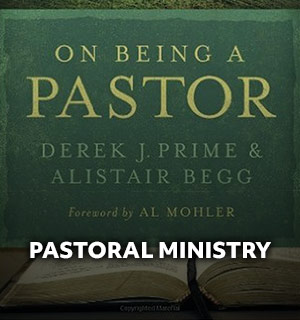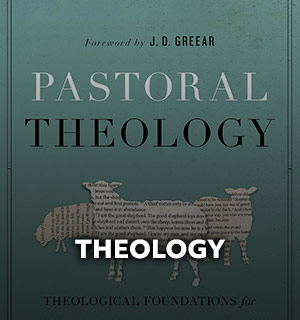
By Aaron Earls
The Bible describes King Nebuchadnezzar of Babylon laying siege to Jerusalem and specifically burning down the temple, the palace and “all the great houses” (2 Kings 25:9).
A group of archaeologists believe they’ve found one of those great houses and their discoveries support the biblical story.
The Mount Zion Archaeological Project, co-directed by UNC Charlotte professors Shimon Gibson and James Tabor, as well as Haifa University fellow Rafi Lewis, announced their uncovering an arrowhead, potsherds and a piece of jewelry among other artifacts in a layer of ash at an excavation in Jerusalem.
“For archaeologists, an ashen layer can mean a number of different things,” Gibson said. “It could be ashy deposits removed from ovens; or it could be localized burning of garbage. However, in this case, the combination of an ashy layer full of artifacts, mixed with arrowheads, and a very special ornament indicates some kind of devastation and destruction.”
The arrowheads, known as “Scythian arrowheads” and used by Babylonian warriors, have been found at other archaeological sites containing remnants of wars and conflicts during the 7th and 6th centuries BC.

“Together, this evidence points to the historical conquest of the city by Babylon because the only major destruction we have in Jerusalem for this period is the conquest of 587/586 BCE,” he said.
Due to the rare discovery of jewelry, Gibson speculated that their excavation site could be one of those “great houses” mentioned specifically in Scripture.
“This spot would have been at an ideal location, situated as it is close to the western summit of the city with a good view overlooking Solomon’s Temple and Mount Moriah to the north-east,” he said.
2 Kings 25 describes the suffering and destruction unleashed by the Babylonians in their siege of Jerusalem. The artifacts recovered mirror this description.
“It’s the kind of jumble that you would expect to find in a ruined household following a raid or battle,” Gibson said.
This type of discovery is what makes archaeology so captivating, according to Lewis.
“It is very exciting to be able to excavate the material signature of any given historical event, and even more so regarding an important historical event such as the Babylonian siege of Jerusalem,” said the co-director of the project.
Commenting on a recent similar discovery, G.B. Howell Jr., editor for Biblical Illustrator, said, “Those who study biblical archaeology are very careful not to say that a particular find proves the Bible. Amazingly, though, archaeological sites and artifacts consistently reinforce and support the accuracy and reliability of the biblical record.”

Biblical Illustrator Magazine
Discover articles, portraits of Bible lands and people, maps, and archaeological finds
FIND OUT MORE







